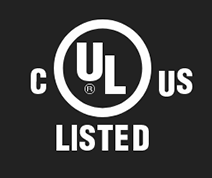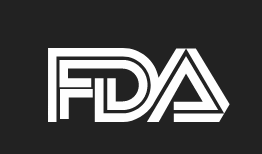Why U.S. Manufacturing Matters More Than Ever for Nitrogen & Oxygen Systems
A Critical Moment for Industrial Gas Solutions
Industrial gas needs are growing fast—and so are the challenges. Whether you’re managing a food packaging plant, medical facility, or aerospace operation, a steady supply of nitrogen (N₂) or oxygen (O₂) is critical to your process. But between global supply chain issues, unpredictable shipping timelines, and rising import costs, relying on overseas equipment has become a serious risk.
Now more than ever, where your gas generation system is made matters. Let’s look at why U.S.-manufactured nitrogen and oxygen systems are becoming the go-to solution for operations like yours.
The Case for On-Site Generation: Nitrogen & Oxygen on Demand
On-site gas generation systems offer a clear advantage over delivered gas. You’re not at the mercy of suppliers, scheduling delays, or changing delivery fees. Instead, you produce nitrogen or oxygen as needed, right at your facility.
With On Site Gas Systems’ nitrogen generator systems, you can choose between PSA and membrane technology—each built to match your required purity, flow rate, and usage pattern. The same goes for our oxygen generator systems, which provide dependable, on-demand oxygen production without the cost or complexity of gas deliveries.
These systems are already trusted by a wide range of industries:
- Food processing and packaging
- Medical and healthcare facilities
- Aerospace and electronics
- Metal fabrication and manufacturing
Choosing American-made oxygen generators or nitrogen systems means you’re in control—day in and day out.
Made in the USA: Quality, Reliability, and Speed
Quality starts with manufacturing. U.S.-based production gives On Site Gas Systems a major advantage in delivering reliable, high-performance equipment. Every system is engineered, assembled, and tested under tight quality control in our U.S. facility.
That means faster turnaround times and tighter performance standards. Need a custom nitrogen system for a food packaging line on short notice? We’ve done that. Because we’re building your system here at home, we can move faster—without being held up by overseas production delays.
Supply Chain Resilience Starts at Home
Importing critical equipment comes with a long list of risks—delays at ports, changing tariffs, and fluctuating foreign regulations, just to name a few. With an American made nitrogen generator, you’re protected from many of those problems.
Additionally, when you need replacement parts or service components, you won’t have to wait weeks or months. We maintain a full inventory of parts right here in the U.S., giving your team the ability to keep systems running smoothly without delay.
Personalized Service and U.S.-Based Support
When something breaks, when you need an adjustment, or when it’s time for training, local support makes a big difference. On Site Gas Systems provides U.S.-based service and support with knowledgeable engineers who understand your system inside and out.
From the initial setup to long-term maintenance, we provide:
- Installation guidance and on-site training
- Direct access to our U.S. support team
- Ongoing maintenance programs tailored to your facility
Our focus is on building long-term relationships and keeping your system running efficiently for years to come.
Choose U.S. Manufacturing. Choose On Site Gas.
When you choose U.S.-manufactured nitrogen systems or American-made oxygen generators, you’re choosing reliability, faster service, and real support from a partner that understands your needs.
On Site Gas Systems is proud to build high-purity nitrogen and oxygen systems right here in the U.S.—delivering cost-effective, efficient solutions that help your business stay ahead.
Let’s talk about your gas generation needs. Contact us today to request a custom quote or speak with a U.S.-based engineer.



